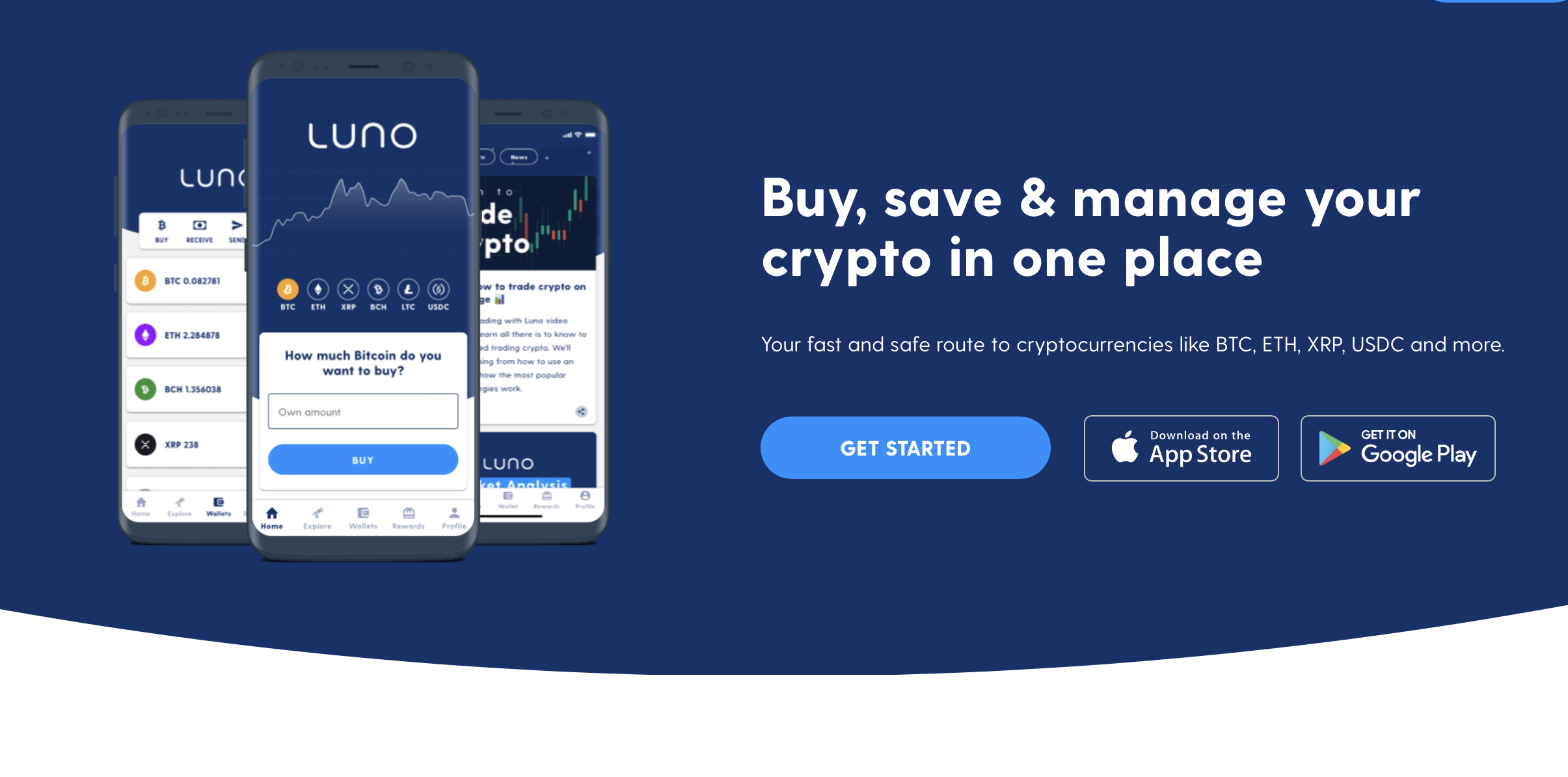
The rise of Bitcoin and other cryptocurrencies has led to a significant shift in how we think about digital assets and investment opportunities. Digital asset management, in particular, has emerged as a rapidly growing field, with Bitcoin playing a central role in this new landscape.
In this article, we will traverse the role of Bitcoin in digital asset management, how it is being used to create new investment opportunities, and what the future holds for this exciting and rapidly evolving field.
Introduction
Digital assets like cryptocurrencies, tokens, and other digital securities have become increasingly popular in recent years. As the first and most well-known cryptocurrency, Bitcoin has paved the way for the growth of the digital asset market. Today, there are thousands of digital assets, each with its unique characteristics and potential uses.
Digital asset management, therefore, has become a critical component of the financial industry. It involves the management of digital assets, including their creation, distribution, and custody. Digital asset managers use various strategies to maximize returns, minimize risks, and provide value to investors.
The Role of Bitcoin in Digital Asset Management
Bitcoin plays a crucial role in digital asset management for several reasons:
- Store of Value: Bitcoin is widely recognised as a store of value, similar to gold. Its limited supply and decentralised nature make it an enticing asset for investors seeking a hedge against inflation, currency devaluation, or geopolitical uncertainty.
- Liquidity: Bitcoin is the most liquid cryptocurrency, with a large and active market. This liquidity makes it attractive for investors seeking to buy or sell digital assets swiftly and at a fair price.
- Security: Bitcoin’s decentralised and immutable nature makes it a secure asset. Its blockchain technology ensures that transactions are recorded openly and securely, reducing the risk of fraud or tampering.
- Diversification: Bitcoin’s low correlation with traditional assets makes it an attractive diversification tool. Investors can use Bitcoin to reduce risk and increase potential portfolio returns.
New Investment Opportunities
Bitcoin’s role in digital asset management has created new investment opportunities, including:
- Bitcoin Funds: Investment funds that focus on Bitcoin and other cryptocurrencies, offering investors exposure to the digital asset market.
- Exchange-Traded Funds (ETFs): ETFs that track Bitcoin’s price, providing investors with a convenient and regulated way to invest in Bitcoin.
- Tokenised Assets: Tokenised versions of traditional assets, such as real estate or stocks, can be traded on digital asset exchanges.
- Decentralised Finance (DeFi): Lending, borrowing, and yield farming platforms that use Bitcoin and other cryptocurrencies as collateral.
Benefits and Challenges
Here’s an elaboration of the benefits and challenges of using Bitcoin in digital asset management:
Benefits:
- Increased Efficiency: Digital assets like Bitcoin can be transferred and stored more efficiently than traditional assets. Transactions are recorded on an open-source ledger called a blockchain, removing the need for intermediaries like banks and reducing the time and cost associated with transferring assets.
- Improved Security: Digital assets are secured through advanced cryptography and decentralised networks, making them more secure than traditional assets. The decentralised nature of blockchain technology ensures no single point of failure, and assets are protected from tampering and fraud.
- New Investment Opportunities: Bitcoin and other digital assets offer new investment opportunities for investors seeking diversification and potential returns. Digital assets have shown significant growth and volatility, making them attractive to investors looking for high-return investments.
However, there are also challenges associated with the use of Bitcoin in digital asset management, including:
- Regulatory Uncertainty: The regulatory environment for digital assets is still evolving, creating uncertainty for investors and asset managers. The lack of clear regulations and guidelines makes it challenging for investors to navigate the digital asset market.
- Market Volatility: Digital assets are highly volatile, resulting in huge losses if not managed properly. Prices can fluctuate rapidly, making it challenging for investors to make informed investment decisions.
- Security Risks: Digital assets are vulnerable to hacking and other security risks, which can result in the loss of assets. Investors/stakeholders must ensure that their digital assets are stored securely in wallets or with reputable custodians to minimize the risk of loss.
Conclusion
Bitcoin plays a critical role in digital asset management, offering a store of value, liquidity, security, and diversification benefits. Using Bitcoin in digital asset management has led to new investment opportunities, including Bitcoin funds, ETFs, tokenized assets, and DeFi platforms.
While there are challenges associated with using Bitcoin in digital asset management, the benefits of increased efficiency, improved security, and new investment opportunities make it attractive for investors and asset managers. As the digital asset market continues to unfold, we expect to see new innovative uses of Bitcoin in digital asset management.







